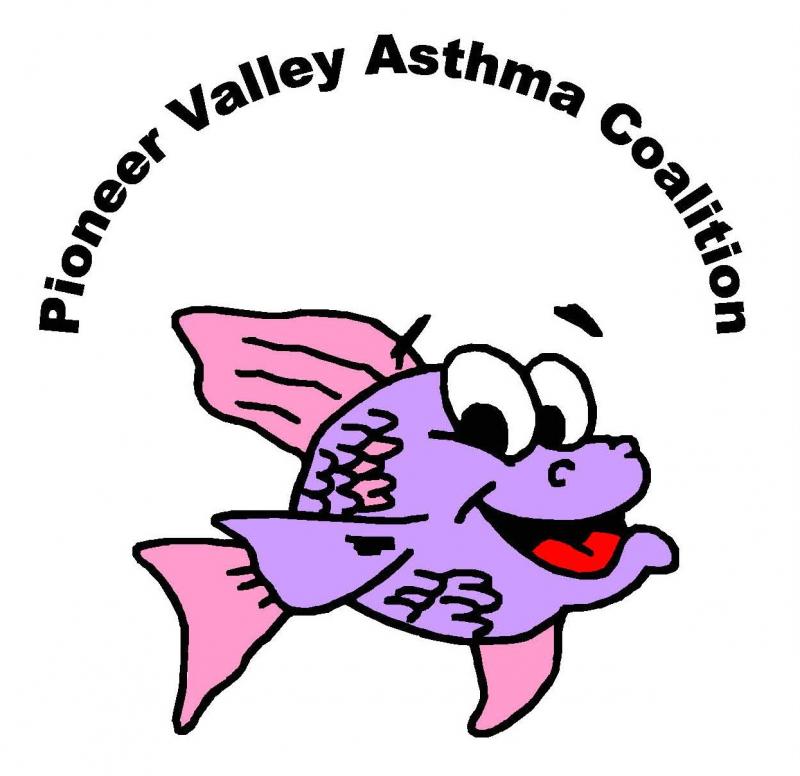Household Injury
About
Unsafe housing conditions can immediately impact health and well-being through unintentional injuries. Children and older adults are particularly vulnerable to some household hazards. According to the CDC, injuries are the leading cause of death in children aged 19 and younger. Many of these injuries are preventable.
Household injuries are commonly caused by:
- Falls
- Fires/burns
- Electrical hazards
- Slip and fall hazards
- Tripping hazards
- Chemical poisonings
- Choking hazards
- Drowning
- Suffocation
- Unintentional firearm injury
Risks
According to the CDC, injuries are the leading cause of death for people aged 1-44. There are many ways we can be injured in our homes, fortunately, most home injuries are preventable.
Falls
According to the National Center for Healthy Housing, trips and falls are the leading cause of household injury. Falls are a particular concern for children and older adults. The CDC reports that falls are the leading cause of non-fatal injury for children aged 0-19, and each day,8,00 children are treated in U.S. emergency rooms for fall-related injuries. Each year 1 out of 3 older adults fall, and 1 out of 5 of these falls cause a serious injury such as a broken bones.
Poisoning
Everyday items in your home, such as household cleaners and medicines, can be poisonous. Curious children sometimes try to eat or drink things they find. According to the CDC, each day over 300 children ages 0-19 are treated in an emergency department as a result of being poisoned.
Solutions
There are many steps you can in the home to help limit the conditions conducive to injury.

Falls
- Supervise young children at all times around fall hazards such as stairs, and use home safety devices such as window guards, stair gates, and guard rails.
- Remove home hazards such as broken or uneven steps, throw rugs or clutter than can be tripped over.
- Install handrails on stairs.
- For older adults, install grab bars inside and outside your tub or shower and next to the toilet. Install additional lights or brighter light bulbs to ensure your home is well lit. Speak to your doctor about falls risk as there are certain medications and health conditions (i.e. vision problems, foot pain, Vitamin D deficiencies, lower body weakness) that could be addressed to minimize fall risk factors. Strength and balance exercises, like Tai Chi, can also reduce your risk of falling.

Poisoning
- Store medicine and poisonous chemicals in child-proof cabinets with safety latches. Anything with a Caution, Warning, or Danger label should be kept away from children.
- Keep medicines and other toxic products in their original packaging and out of reach of children.
- Keep the nationwide poison control center number accessible- 1-800-222-1222 -and on or near every telephone in your home. If you think your child has been poisoned but they are awake and alert, call poison control. If you child has collapsed or is not breathing, call 911.
- Follow label directions and read all warnings when taking medication or giving medication to children.
- Dispose of unused, unneeded, or expired prescriptions, over-the-counter drugs, vitamins. Either turn them in at a local take-back event or mix them with coffee grounds or kitty litter and throw them away.
Other Tips to Keep your Home Safe
- Use safety devices such as smoke detectors, carbon monoxide alarms, bicycle helmets, gates, and child-proof containers and latches.
- Actively supervise children’s activities, including continuously monitoring children while they are in or near water.
- Restrict children’s access to areas containing potentially hazardous materials or objects.
- Keep other dangerous items out of children’s reach — knives, handles from pots on the stove, hot liquids, appliance and window treatment cords, etc.
- Know and have accessible important phone numbers — emergency response teams, poison control, family doctors, etc.
- Refrain from smoking cigarettes in the home, which will reduce the risk of fire and the health risks to children

